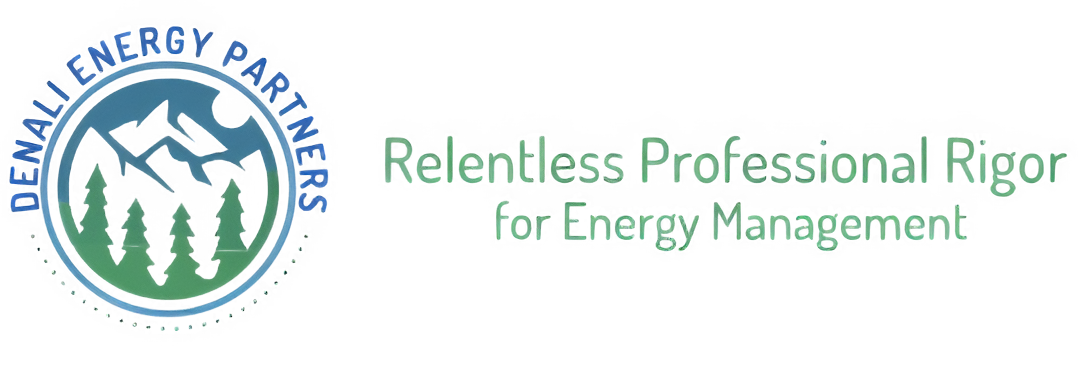Quick Links
Distributed Generation
Distributed generation, also known as on-site generation, dispersed generation or distributed energy, basically consists of the generation of electrical energy through many small energy sources.

Distributed Generation
Distributed Generation is an alternative model to the traditional centralized electricity generation system. Its approach allows electricity generation to occur in a decentralized manner and close to the point of consumption.
Key information about this system is detailed below:
- Definition:
- It consists of the generation of electrical energy through many small generation sources, strategically distributed in different locations.
- Also known as on-site generation, dispersed generation or distributed energy.
- Main features:
- Reduced scale: Uses lower capacity sources compared to traditional generating plants.
- Proximity to the consumer: Electricity is generated close to the point of consumption, reducing losses in transmission and distribution.
- Diversity of technologies: Multiple energy sources are used, such as solar, wind, biomass, small-scale hydroelectric, fuel cells, among others.
- Benefits:
- Improved energy efficiency: By minimizing transmission losses, energy is used more efficiently.
- Grid flexibility: Increases the resilience of the electrical system by distributing generation points.
- Sustainability: Facilitates the integration of renewable sources, contributing to the reduction of greenhouse gas emissions.
- Cost reduction: In many cases, it reduces the costs associated with the construction and maintenance of transmission infrastructure.
- Energy independence: Promotes self-consumption and reduces dependence on centralized electrical systems.



